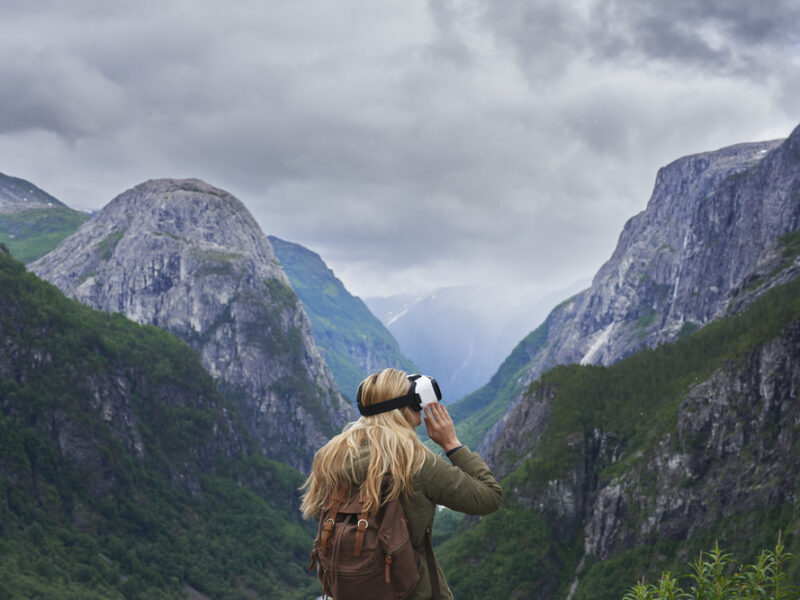Whether or not you recognize its name, the blue crab is a shellfish favorite. The delectable crustaceans are tiny, and have kept some coastal communities thriving for hundreds of years. It’s scientific name, callinectes sapidus, is a mashup of Greek and Latin words that mean beautiful savory swimmer when put together. Here’s everything you never knew you needed to know about our tiny blue friends.
- When a scientific name uses the word “savory,” you know you’re in for a treat. Cooked properly, the juicy, sweet, and tender meat can be transformed into the perfect seafood dish.
- The blue crab doesn’t come cheap. A recent drop in the blue crab population after hurricane devastation has led to a spike in prices. This compelled one Virginia man to switch out blue crab with a cheaper foreign alternative. He “forgot” to remove the label though, and was sentenced to four years in federal prison for his violation of the Lacey Act.
- Females are actually blue and red. Their generic name was partially derived from the splash of sapphire on the claws of both genders, but females are even more colorful. The tips of their pincers have a deep red. If you’re still not sure which gender you have in your hands (because you really want to know), then flip the crab over and take a look at its distinct apron, the surface of its belly. The apron will be shaped like a T on males. Female aprons are either triangular or circular.
- A female might lay as many as two million eggs after a single round of mating, which is a good thing since they only do it once in their lives. Naturally, the males will continue copulating for as long as they’re able.
- Blue crabs are native to the western Atlantic Ocean off the coast of Maryland and the Gulf of Mexico, but their habitat is expanding. They have a high survival rate and no known natural predators, making them an invasive species. Now, they might even be sighted in the waters of the Mediterranean.
- Blue crabs have an equally expansive diet, consuming mussels, clams, snails, plants, and dead fish. If food is scarce, then they’ll resort to cannibalism. In their natural habitat, they help keep these other species in check. When overfishing leads to dwindling blue crab population, the resulting disarray can wreak havoc on other fish and animal populations.


